Find Help
More Items From Ergsy search
-
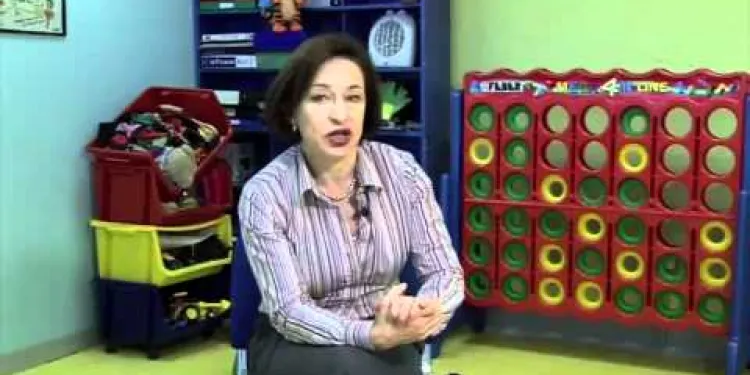
Children With Co-ordination Difficulties and Dyspraxia
Relevance: 100%
-
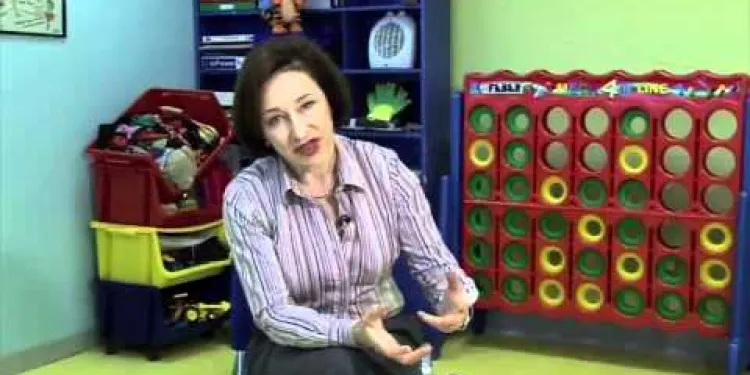
Helping Children With Co-ordination Difficulties
Relevance: 71%
-
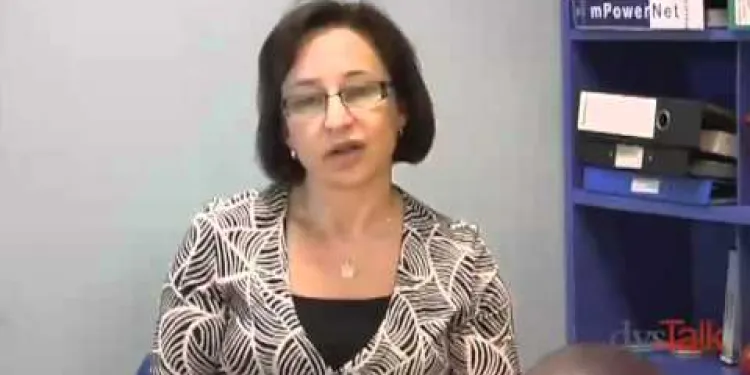
Dyslexia, Dyspraxia & Overlapping Learning Difficulties
Relevance: 64%
-
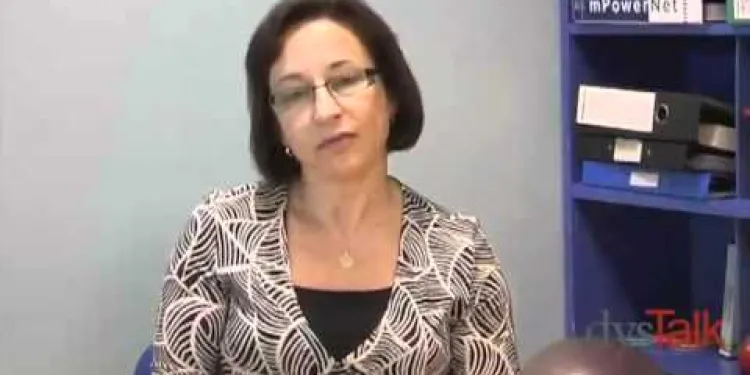
Dyspraxia Children: How to Help
Relevance: 61%
-
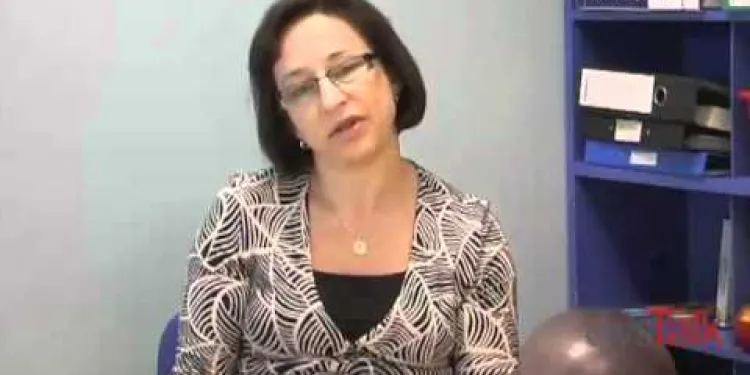
Dyspraxia Symptoms & Signs
Relevance: 56%
-
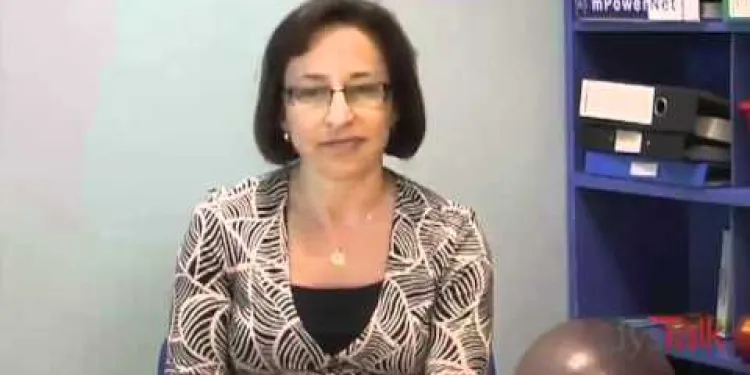
What is Dyspraxia (DCD)?
Relevance: 53%
-
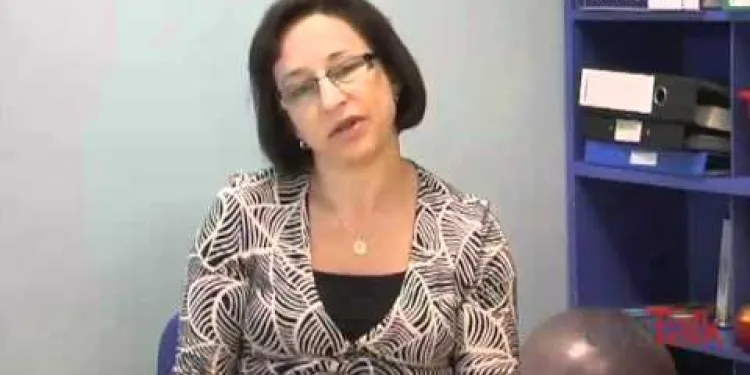
Dyspraxia Symptoms & Signs
Relevance: 51%
-

What is Dyspraxia? (Short Version)
Relevance: 51%
-
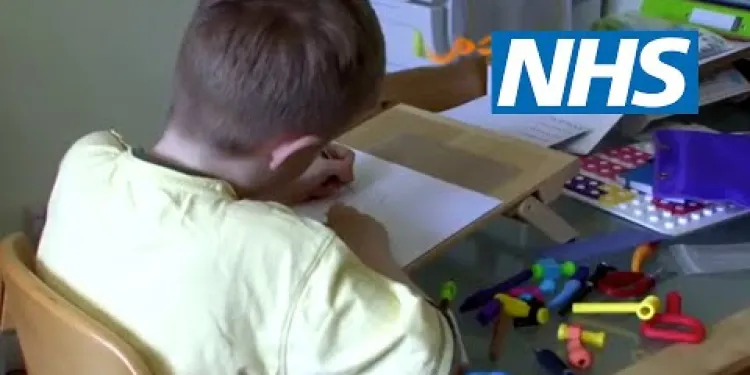
Childhood dyspraxia: James' story | NHS
Relevance: 50%
-
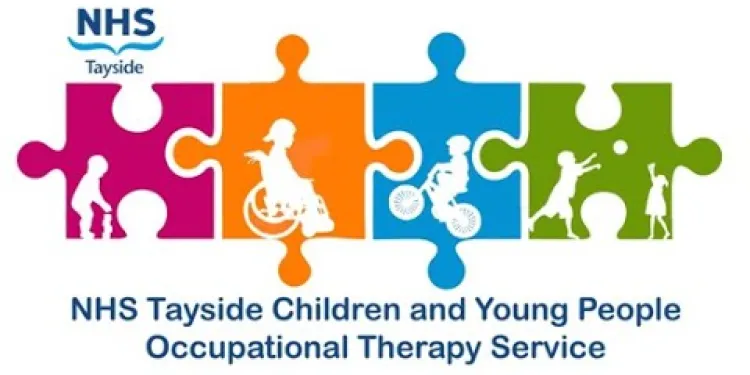
Developmental Coordination Disorder (DCD) for Children and Young People
Relevance: 49%
-
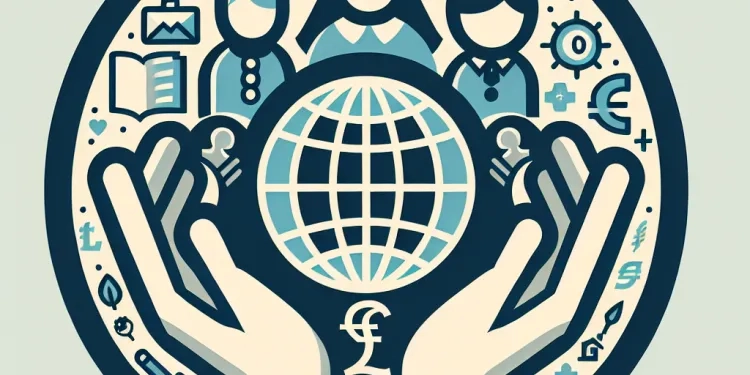
Who are SEND children?
Relevance: 24%
-
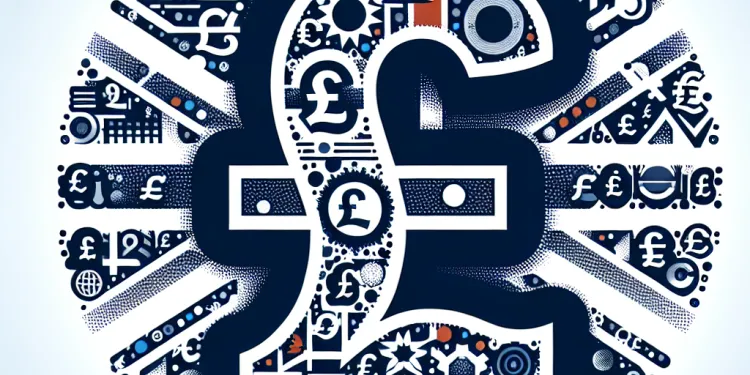
What are SEND children?
Relevance: 22%
-

Do SEND children attend mainstream schools?
Relevance: 22%
-
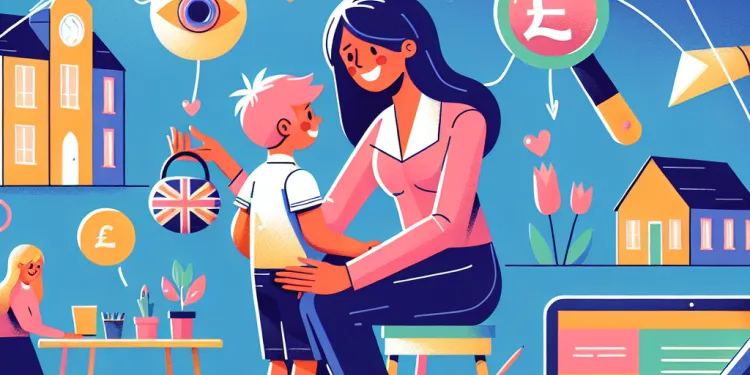
What support is available for SEND children in schools?
Relevance: 20%
-
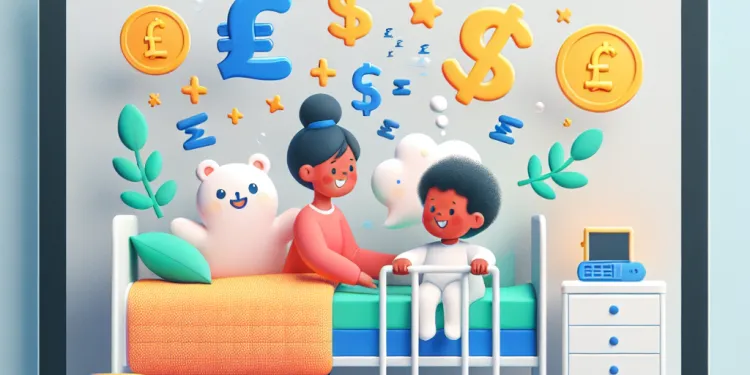
Can children have sleep apnea?
Relevance: 19%
-
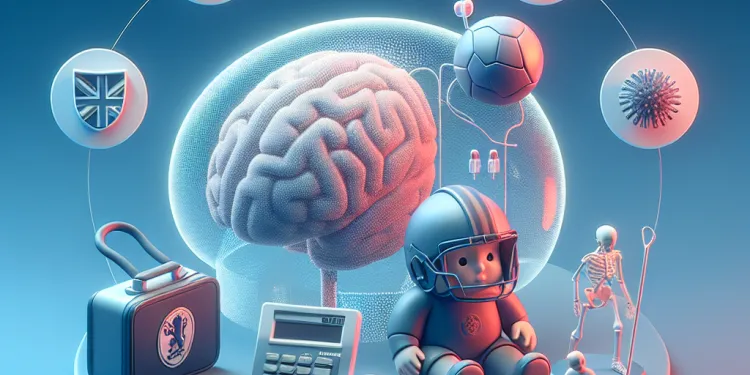
Are children more susceptible to concussions than adults?
Relevance: 18%
-
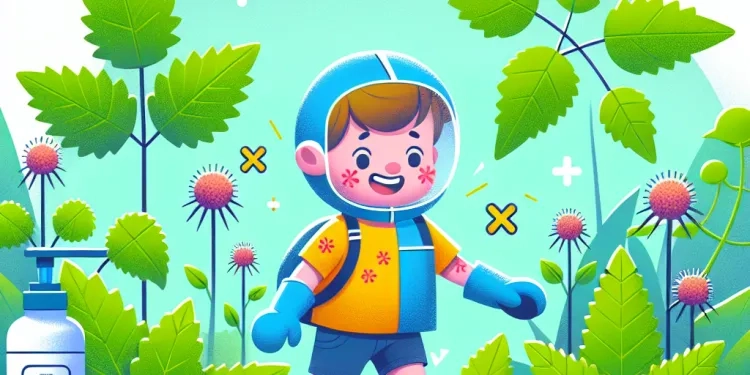
Can children get nettle rash?
Relevance: 18%
-
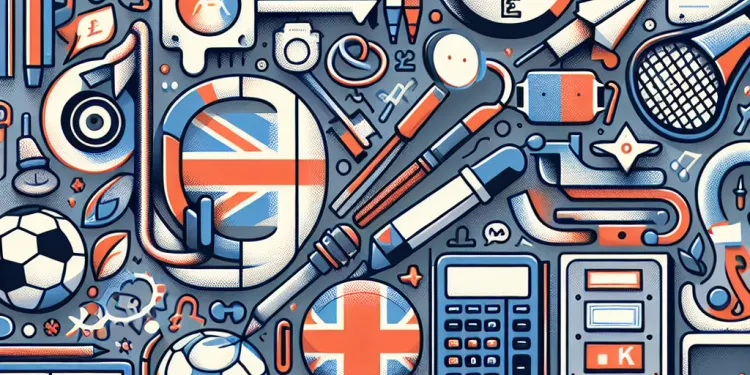
Can SEND children access extracurricular activities?
Relevance: 18%
-
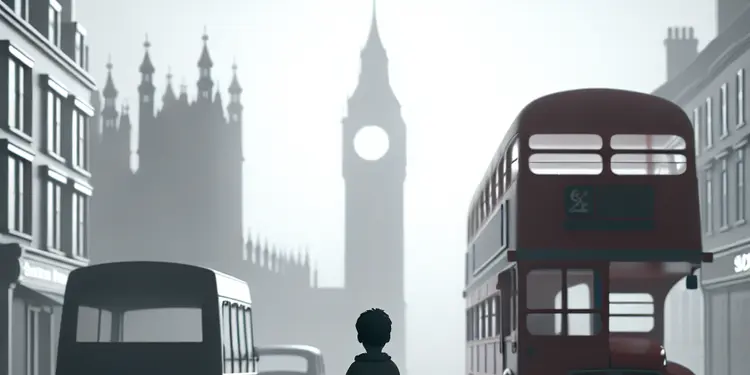
Can children develop chronic fatigue syndrome?
Relevance: 18%
-
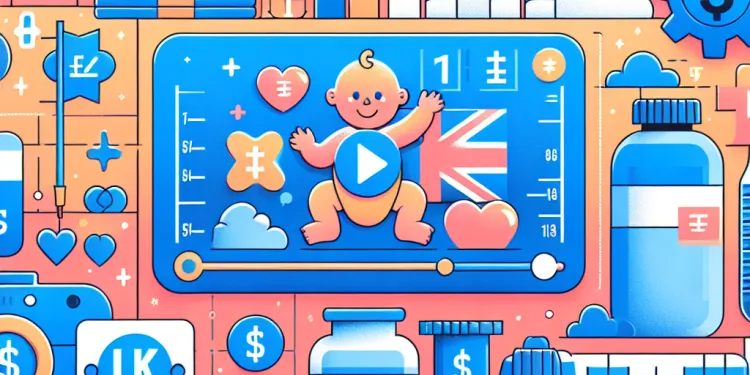
Children's Vaccination Schedule
Relevance: 17%
-

Can children benefit from chiropractic care?
Relevance: 17%
-
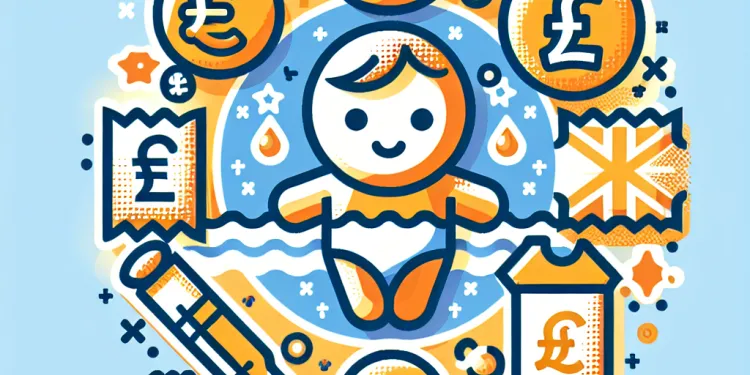
Is Baxdrostat suitable for children?
Relevance: 17%
-
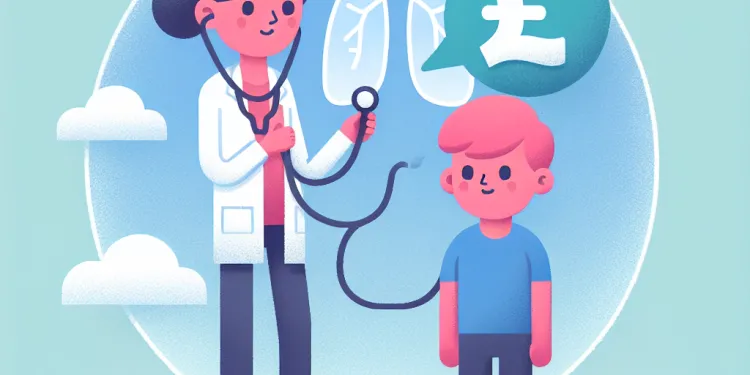
What is lupus in children?
Relevance: 17%
-

Are there specific mobility equipment for children?
Relevance: 17%
-
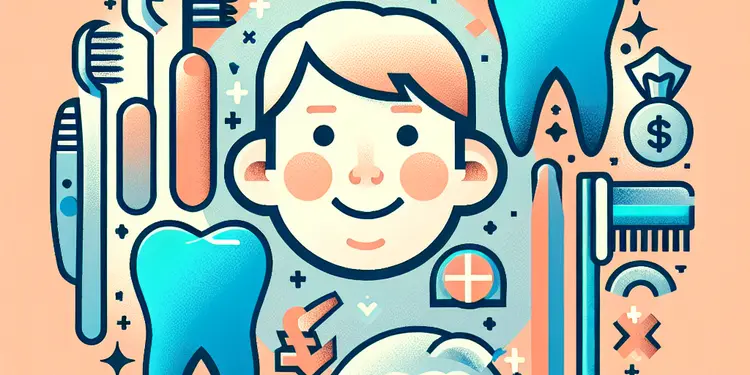
Is tooth decay common in children?
Relevance: 17%
-

What are some common types of SEND?
Relevance: 17%
-
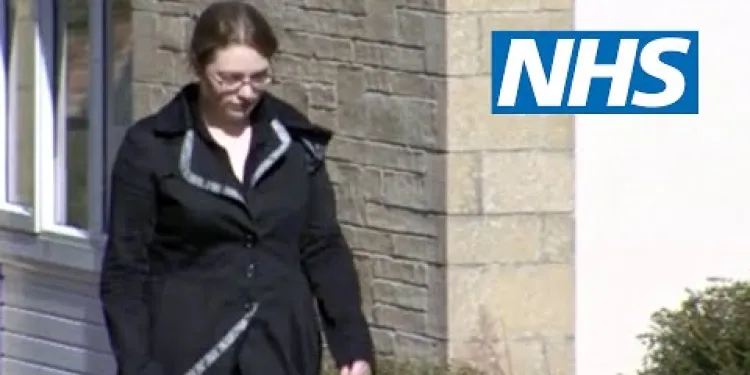
Lupus in children | NHS
Relevance: 17%
-
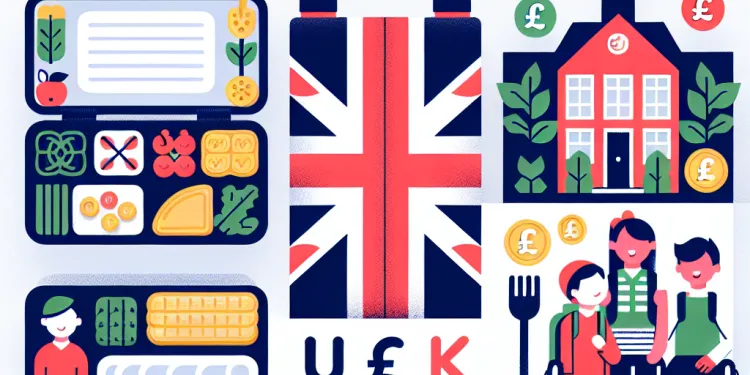
Can children with disabilities access school meals?
Relevance: 17%
-
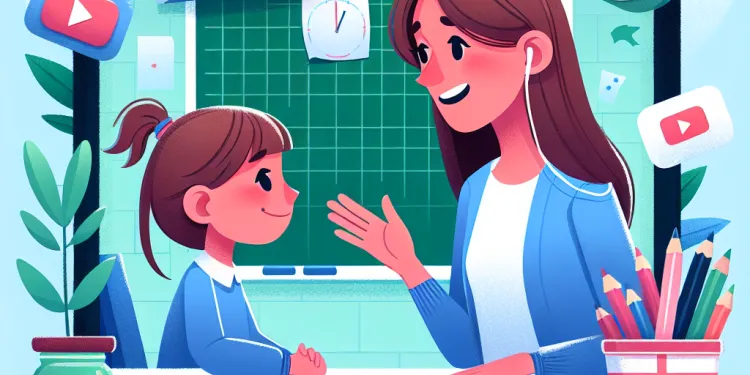
Understanding Mental Health in Children
Relevance: 17%
-

What is bronchiolitis in children? The symptoms, warning signs and when to seek medical help
Relevance: 16%
-
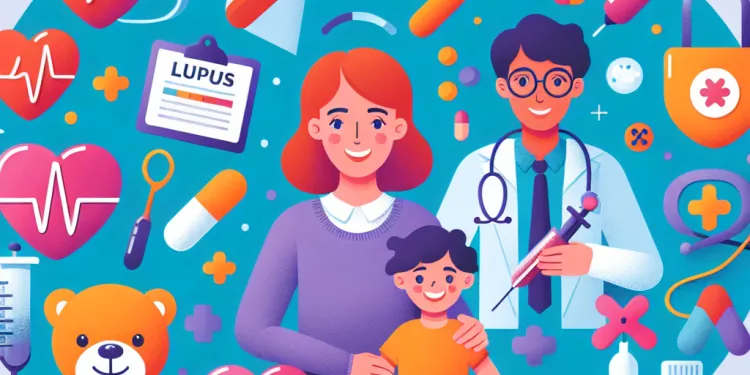
What causes lupus in children?
Relevance: 16%
-
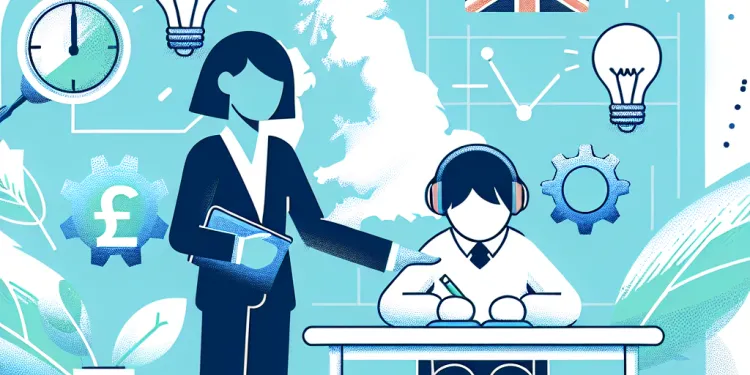
What role do teachers play in supporting SEND children?
Relevance: 16%
-
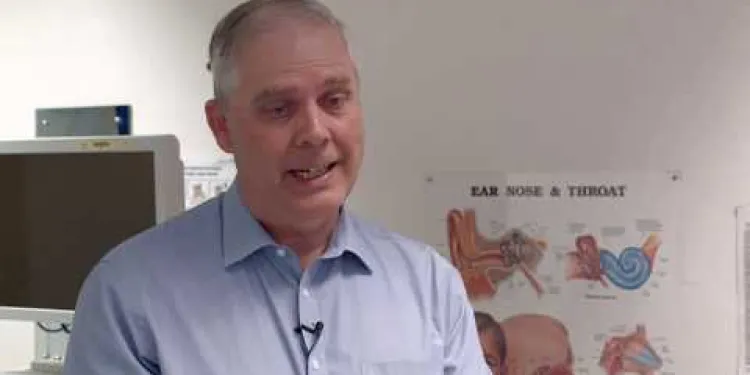
Evidence-Based Interventions: grommets for glue ear in children
Relevance: 16%
-

Can children use Mounjaro?
Relevance: 16%
-

Can children outgrow asthma?
Relevance: 16%
-
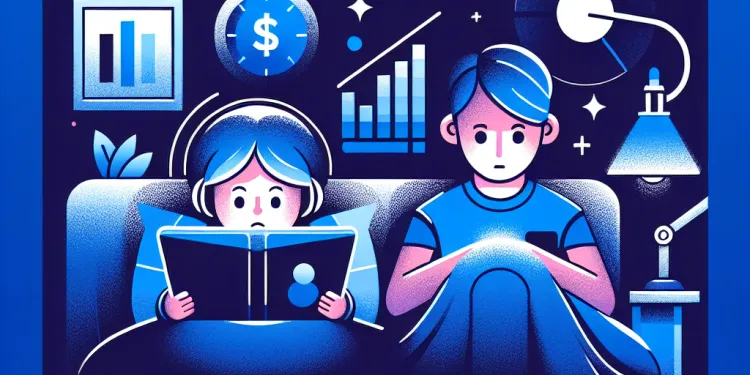
Are children more affected by screen time in relation to sleep than adults?
Relevance: 16%
-

How is progress measured for SEND children?
Relevance: 16%
-

Can Wegovy be used by children?
Relevance: 16%
-

Can defibrillators be used on children?
Relevance: 16%
-
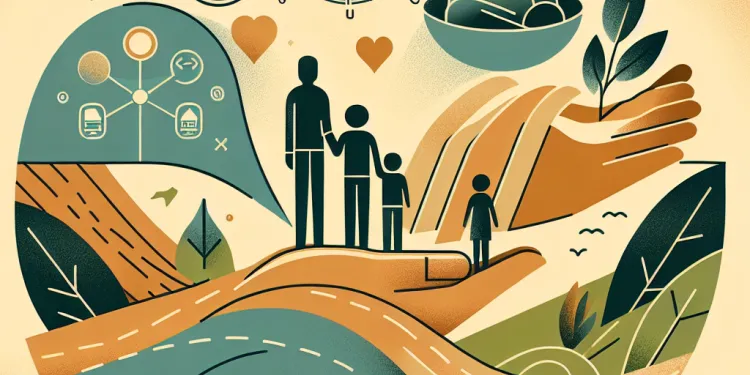
Navigating Mental Health Services for Children and Adolescents
Relevance: 16%
Children With Co-ordination Difficulties and Dyspraxia
Understanding Co-ordination Difficulties
Co-ordination difficulties, often recognised in children, impact their ability to perform tasks that require motor skills. These difficulties can manifest in problems with balance, manual dexterity, and both fine and gross motor skills. Children facing these challenges may struggle in activities such as writing, tying shoelaces, or participating in sports. Early identification and intervention can significantly improve their outcomes.What is Dyspraxia?
Dyspraxia, also known as Developmental Co-ordination Disorder (DCD), is a neurological condition that affects physical coordination. In the UK, it is estimated that around 5-6% of school-aged children may have this condition, with boys being more commonly affected than girls. Dyspraxia can impact children both academically and socially, making it essential to provide proper support.Signs and Symptoms
Children with dyspraxia may exhibit a variety of signs and symptoms, including:- Poor balance and coordination
- Difficulty with tasks requiring fine motor skills, such as writing or buttoning clothes
- Delayed developmental milestones, such as crawling or walking
- Speech difficulties
- Challenges with organisation and following instructions
Supporting Children with Dyspraxia
In the UK, support for children with dyspraxia can come from various sources, including educational settings and healthcare professionals. Strategies to support these children include:- Creating an Individual Education Plan (IEP) tailored to their specific needs
- Utilising occupational therapy to enhance motor skills and coordination
- Implementing classroom accommodations, such as allowing extra time for tasks
- Encouraging participation in physical activities tailored to their abilities
- Providing emotional support to boost confidence and social skills
Resources and Support
Parents and caregivers in the UK can access numerous resources and support networks, including organisations like the Dyspraxia Foundation, which offers information and guidance. Local educational authorities and health services can also provide assessments and interventions. Collaborative efforts among parents, educators, and healthcare providers can make a significant difference in the lives of children with dyspraxia.Children With Co-ordination Problems and Dyspraxia
Understanding Co-ordination Problems
Co-ordination problems in children can make it hard to do things using their muscles. This includes things like balancing, using hands, and moving different parts of the body. Kids with these problems might find writing, tying shoes, or playing sports difficult. Finding these problems early and helping the child can make their life better.What is Dyspraxia?
Dyspraxia is also called Developmental Co-ordination Disorder or DCD. It is a condition that makes it hard to move and balance well. In the UK, about 5-6% of children might have dyspraxia. More boys have it than girls. Dyspraxia can make learning and making friends hard, so it's important to give the right help.Signs and Symptoms
Children with dyspraxia might show signs like:- Poor balance and difficulty moving smoothly
- Having trouble with small tasks like writing or buttoning clothes
- Being slower to learn things like crawling or walking
- Having speech problems
- Finding it hard to organise things and follow instructions
Supporting Children with Dyspraxia
In the UK, different people can help children with dyspraxia, like teachers and doctors. Ways to help include:- Making a special learning plan just for them
- Using occupational therapy to improve how they move
- Making changes in school, like giving more time to finish work
- Encouraging them to join simple physical activities
- Giving them emotional support to feel more confident
Resources and Support
Parents and carers in the UK have many places to find help and information. Organisations like the Dyspraxia Foundation can provide advice. Local schools and health services can also help check and support children. Working together, parents, teachers, and doctors can make a big difference for children with dyspraxia.Frequently Asked Questions
What is dyspraxia?
Dyspraxia, also known as Developmental Coordination Disorder (DCD), is a condition affecting physical coordination in children. It can lead to difficulties in sports, handwriting, and everyday tasks.
What are the signs of dyspraxia in children?
Signs include clumsiness, difficulty with tasks like dressing, poor handwriting, trouble with physical education, and challenges with organisational skills.
How is dyspraxia diagnosed?
A diagnosis is usually made by healthcare professionals such as paediatricians, occupational therapists, or educational psychologists through assessments of motor skills and development.
What treatments are available for children with dyspraxia?
Treatment may include occupational therapy, physiotherapy, and educational support to help improve coordination, organisation, and fine motor skills.
Can dyspraxia be cured?
There is no cure for dyspraxia, but with the right support and interventions, children can learn to manage their symptoms and improve their skills.
Are there any associated conditions with dyspraxia?
Yes, children with dyspraxia may also have learning difficulties, ADHD, autism spectrum disorder, or issues with speech and language.
How can parents support a child with dyspraxia?
Parents can support their child by understanding their challenges, working closely with professionals, encouraging practice of motor skills, and providing a structured and supportive environment.
Is dyspraxia the same as clumsiness?
While dyspraxia involves clumsiness, it is a recognised medical condition with broader challenges in planning and executing movements, unlike general clumsiness.
What role do schools play in supporting children with dyspraxia?
Schools can offer educational support plans, occupational therapy, and inclusive teaching strategies to help children with dyspraxia succeed academically and socially.
At what age is dyspraxia usually diagnosed?
Dyspraxia can be diagnosed at any age, but it is often identified in early childhood when children start school and exhibit noticeable coordination difficulties.
What activities can help improve coordination in children with dyspraxia?
Activities such as swimming, dancing, and playing with building blocks can help improve coordination. Tailored exercises from occupational or physiotherapists can also be beneficial.
How does dyspraxia affect learning?
Dyspraxia can affect learning by making tasks like writing, typing, and organising materials more challenging, which can impact academic performance.
Is dyspraxia a form of autism?
No, dyspraxia is not a form of autism. They are separate conditions, but it is possible for a child to have both dyspraxia and autism spectrum disorder (ASD).
Are certain foods or diets recommended for children with dyspraxia?
There is no specific diet for dyspraxia, but a balanced diet that supports overall health and brain function is beneficial. Some parents find that a diet rich in Omega-3 fatty acids supports cognitive function.
Can dyspraxia affect a child's social skills?
Yes, coordination difficulties can impact social interactions, as children may struggle with activities that their peers find easy, potentially leading to frustration and social difficulties.
What is dyspraxia?
Dyspraxia is when someone has trouble with movement and coordination. This means it can be hard for them to do activities like writing, running, or tying shoelaces.
Some people call it "Developmental Coordination Disorder" (DCD). It is not because someone is lazy or not trying hard.
If you have dyspraxia, there are things that can help, like:
- Practice: Doing the same activity many times can make it easier.
- Break tasks into small steps: Doing one small step at a time can make it less hard.
- Use a planner or calendar: This helps remember things.
- Ask for help: An adult or teacher can show you different ways to do things.
Dyspraxia is when kids have trouble with coordination. It is also called Developmental Coordination Disorder (DCD). Kids with dyspraxia find it hard to do sports, write by hand, and perform everyday activities.
What are the signs of dyspraxia in children?
Dyspraxia can make kids clumsy and uncoordinated. Here are some signs to look for:
- They might find it hard to catch a ball.
- They might trip or fall over a lot.
- Writing could be messy, and they may avoid activities like drawing.
- They may have trouble getting dressed, like buttoning shirts or tying shoes.
- Finding it hard to keep their place during activities or games.
Some helpful tools:
- Use special grips for pens or pencils to make writing easier.
- Practice tasks with step-by-step guidance.
- Use Velcro shoes instead of laces.
- Break activities into small, easy steps.
Here are some signs to look for:
- Being a bit clumsy.
- Having a hard time with things like getting dressed.
- Messy handwriting.
- Finding sports or gym class difficult.
- Struggling to keep things organized.
To help with these, try using pictures or charts as reminders, practicing tasks step by step, and using special grips for pencils. Ask a grown-up or teacher for help if needed.
How do doctors know if someone has dyspraxia?
Doctors will ask questions about the person's problems with movement and coordination. They might watch how the person moves and plays.
Doctors can do some special tests to check how the person's brain and body work together.
If you think you might have dyspraxia, it's good to talk to a doctor. They can help figure it out.
Using tools like picture charts or videos can make it easier to understand.
Doctors and special helpers like occupational therapists and child experts can find out if someone has a condition. They do this by checking how well a child moves and grows.
What can help children with dyspraxia?
Children with dyspraxia can get help from different activities. These activities can make things easier for them at school and at home. Here are some things that can help:
- Occupational Therapy: This helps kids learn daily skills like writing and using scissors.
- Physical Therapy: This helps with balance and moving their bodies better.
- Speech and Language Therapy: This helps if they have trouble speaking or being understood.
- Extra Support at School: Teachers can help by giving extra time for tasks or using special tools.
- Playing Games: Games that involve running, jumping, or catching can be fun and helpful.
Parents and teachers can also use pictures, lists, or stories to help kids remember how to do things. They should always be patient and give lots of praise.
Treatment can help you get better. It might include different kinds of support like:
- Occupational therapy: This helps you learn daily activities.
- Physiotherapy: This helps your body move better.
- Educational support: This helps you do well in school.
These can help you with balance and doing things with your hands.
Can dyspraxia be fixed?
No, dyspraxia cannot be fixed or cured. But people with dyspraxia can get support to make things easier for them. They can go to special doctors called occupational therapists. These doctors help with learning new ways to do things.
People with dyspraxia can also use tools or gadgets to help them. For example, special grips for pens can make writing easier. There are lots of ways to help make life better if you have dyspraxia.
Dyspraxia cannot be fixed completely, but kids can get better at handling it. With help and practice, they can get better at things they find hard.
Are there other problems linked to dyspraxia?
Some people with dyspraxia might also have other challenges. Here are a few:
- They might have trouble paying attention, like ADHD.
- They could find it hard to read or write, like dyslexia.
- They may have difficulty with numbers, like dyscalculia.
Using tools like checklists, timers, or breaking tasks into smaller steps can help. Talking to a teacher or specialist can also be useful.
Yes, kids with dyspraxia can also have trouble learning, ADHD, autism, or problems with talking and language.
How can parents help a child with dyspraxia?
Parents can use simple words to help their child feel good and confident. Praise them for trying new things.
Make daily routines fun and easy to follow. Use pictures to show steps for getting dressed or brushing teeth.
Play games that help with movement, like catching a ball or dancing. This can make their body stronger and more coordinated.
Encourage drawing or writing. Holding a pencil can improve small hand movements.
Talk to their teachers for extra help at school. Ask about special classes or activities.
Use technology, like apps or videos, that show how to do tasks step-by-step.
Always listen and be positive. Support helps the child grow and learn every day.
Parents can help their child by knowing their struggles, working with teachers and doctors, helping them practice moving their body, and giving them a safe and caring place.
Is dyspraxia the same as being clumsy?
Dyspraxia is not just being clumsy. People with dyspraxia have trouble with movement and coordination. They might find it hard to do tasks like tying shoelaces or catching a ball.
If someone is clumsy, they might trip or drop things sometimes. But dyspraxia is more than that. It can make everyday tasks much harder.
If you think you or someone you know has dyspraxia, talk to a doctor. They can help and give advice.
Using tools like a special keyboard or writing aids can help with dyspraxia. Practicing skills slowly and carefully can also make things easier.
Dyspraxia means having trouble with movement. It is not just being clumsy. It is a medical condition that makes it hard to plan and do movements.
How do schools help children with dyspraxia?
Schools can help children with dyspraxia in many ways. They can offer special lessons to help with writing and moving. Teachers can work with other experts, like therapists, to support the child.
Some tools can help too, like using a computer or special grips for pencils. Schools might also give the child extra time to do tasks. Encouraging teamwork and using clear instructions can be helpful for children with dyspraxia.
Schools can help children with dyspraxia by giving them special plans for learning, showing them ways to do things better, and using teaching methods that include everyone.
When do doctors usually find out if someone has dyspraxia?
Doctors usually find out if someone has dyspraxia between 5 and 7 years old.
If you think your child has trouble with movement, talk to a doctor.
A doctor can help you understand more about dyspraxia.
You can also use tools like The Dyslexia-SpLD Trust to learn more.
Dyspraxia can be found out at any age. But many times, it is seen in young children. This happens when they start school and have trouble with moving their bodies well.
What fun things can help kids with dyspraxia get better at moving?
Here are some simple ideas to help kids practice moving better:
- Play games: Try games like hopscotch or catch. These can help improve moving skills.
- Dance: Dancing to music is a fun way to practice moving in different ways.
- Arts and crafts: Using scissors, coloring, or building with blocks can help with hand skills.
- Exercise: Simple exercises like jumping jacks or stretching can help with balance and coordination.
- Swim: Swimming is a great full-body activity that can help improve movement control.
Using picture instructions or videos can also be helpful. Remember to go slowly and have fun!
Doing things like swimming, dancing, and playing with building blocks can help you get better at moving your body. Special exercises from trained helpers, like occupational or physiotherapists, can also help. Using pictures or videos can show you how to move. Moving slowly at first can make it easier to learn.
How does dyspraxia affect learning?
Dyspraxia is a condition that can make it hard to do everyday tasks. It can affect the way people learn. Here is how it might affect learning:
- It can be tricky to hold a pen or pencil. This might make writing hard.
- It can be difficult to listen and remember instructions.
- People might find it hard to stay organized, like keeping their desk tidy.
- It can take longer to finish homework or school tasks.
Here are some ways to help:
- Use a computer or tablet to type instead of writing by hand.
- Break tasks into small steps to make them easier.
- Use pictures or drawings to remember things.
- Ask for extra time to finish tasks.
Adults like teachers and parents can help too. They can give extra support.
Dyspraxia can make learning hard. Writing, typing, and keeping things tidy can be tough. This can make schoolwork harder.
Using a computer or typing can help with writing. Taking breaks can also help. Keeping things in the same place can make finding them easier.
Is dyspraxia the same as autism?
No, dyspraxia and autism are not the same. They are different conditions. But some people can have both.
What is dyspraxia? Dyspraxia is when someone finds it hard to do movements. This can make writing, drawing, or playing sports difficult.
What is autism? Autism is when someone thinks differently and acts in their own way. This can make it hard to talk to others or understand their feelings.
If you need help understanding more, you can talk to a doctor or teacher. They can explain these differences and help you with learning tools that work for you.
No, dyspraxia is not the same as autism. They are different. But sometimes, a child can have both dyspraxia and autism.
What foods should children with dyspraxia eat?
Children with dyspraxia might feel better with certain foods. Here are some tips:
- Eat lots of fruits and vegetables. They help keep your body strong.
- Fish like salmon is good for the brain. It can help you think better.
- Drink plenty of water. It helps your brain and body work well.
Eating healthy foods can help you feel better. Always talk to a doctor or a grown-up if you have questions.
There is no special food plan for dyspraxia. But eating healthy foods can help your body and brain work better. Some parents think that foods with lots of Omega-3, like fish, can help the brain.
Does dyspraxia impact how a child plays and talks with others?
Yes, it can be hard for some kids to make friends if they have trouble with coordination. They might find it hard to do things that other kids find easy. This can make them feel upset and make making friends harder.
Useful Links
- Ergsy carfully checks the information in the videos we provide here.
- Videos shown by Youtube after a video has completed, have NOT been reviewed by ERGSY.
- To view, click the arrow in centre of video.
- Most of the videos you find here will have subtitles and/or closed captions available.
- You may need to turn these on, and choose your preferred language.
- Go to the video you'd like to watch.
- If closed captions (CC) are available, settings will be visible on the bottom right of the video player.
- To turn on Captions, click settings .
- To turn off Captions, click settings again.
More Items From Ergsy search
-

Children With Co-ordination Difficulties and Dyspraxia
Relevance: 100%
-

Helping Children With Co-ordination Difficulties
Relevance: 71%
-

Dyslexia, Dyspraxia & Overlapping Learning Difficulties
Relevance: 64%
-

Dyspraxia Children: How to Help
Relevance: 61%
-

Dyspraxia Symptoms & Signs
Relevance: 56%
-

What is Dyspraxia (DCD)?
Relevance: 53%
-

Dyspraxia Symptoms & Signs
Relevance: 51%
-

What is Dyspraxia? (Short Version)
Relevance: 51%
-

Childhood dyspraxia: James' story | NHS
Relevance: 50%
-

Developmental Coordination Disorder (DCD) for Children and Young People
Relevance: 49%
-

Who are SEND children?
Relevance: 24%
-

What are SEND children?
Relevance: 22%
-

Do SEND children attend mainstream schools?
Relevance: 22%
-

What support is available for SEND children in schools?
Relevance: 20%
-

Can children have sleep apnea?
Relevance: 19%
-

Are children more susceptible to concussions than adults?
Relevance: 18%
-

Can children get nettle rash?
Relevance: 18%
-

Can SEND children access extracurricular activities?
Relevance: 18%
-

Can children develop chronic fatigue syndrome?
Relevance: 18%
-

Children's Vaccination Schedule
Relevance: 17%
-

Can children benefit from chiropractic care?
Relevance: 17%
-

Is Baxdrostat suitable for children?
Relevance: 17%
-

What is lupus in children?
Relevance: 17%
-

Are there specific mobility equipment for children?
Relevance: 17%
-

Is tooth decay common in children?
Relevance: 17%
-

What are some common types of SEND?
Relevance: 17%
-

Lupus in children | NHS
Relevance: 17%
-

Can children with disabilities access school meals?
Relevance: 17%
-

Understanding Mental Health in Children
Relevance: 17%
-

What is bronchiolitis in children? The symptoms, warning signs and when to seek medical help
Relevance: 16%
-

What causes lupus in children?
Relevance: 16%
-

What role do teachers play in supporting SEND children?
Relevance: 16%
-

Evidence-Based Interventions: grommets for glue ear in children
Relevance: 16%
-

Can children use Mounjaro?
Relevance: 16%
-

Can children outgrow asthma?
Relevance: 16%
-

Are children more affected by screen time in relation to sleep than adults?
Relevance: 16%
-

How is progress measured for SEND children?
Relevance: 16%
-

Can Wegovy be used by children?
Relevance: 16%
-

Can defibrillators be used on children?
Relevance: 16%
-

Navigating Mental Health Services for Children and Adolescents
Relevance: 16%


